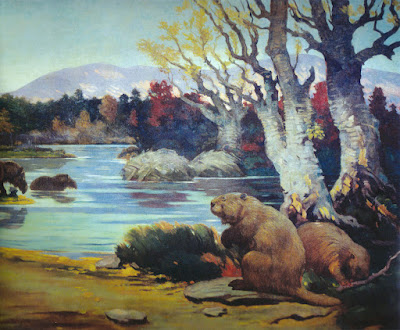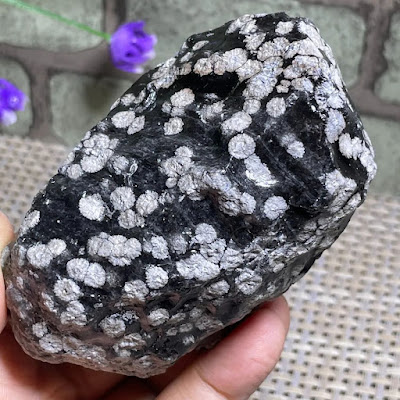In Part I of this post, I introduced the recent (April 5) New Jersey earthquake felt here in the Hudson Valley. In Part II, I talked a little about the geologic setting. Let's now finish up by discussing the Ramapo Fault.
As I mentioned in the last post, the Ramapo Fault or, more accurately, the Ramapo Fault System since it's not just a single fault trace is the western boundary of the Newark Basin - a rift valley that opened up when the supercontinent of Pangaea broke apart starting some 200 million years ago. On the east side of the fault are the Hudson Highlands of New York and the New Jersey Highlands to the south - the rocks that formed deep in the Grenville mountain belt over a billion years ago.
This fault has been around a long time with its major activity occurring during the time of the dinosaurs as Pangaea rifted apart. Afterwards, it settled into a long period of quiescence only occasionally readjusting.
These types of earthquakes are called intraplate earthquakes because they occur in the interior of continental plates far from plate boundaries (in this case, the center of the Atlantic Ocean at the Mid-Atlantic Ridge). Why do they occur? Because movements of the tectonic plates at their boundaries cause stresses that can be transmitted long distances into the middle of the rigid tectonic plates. The old faults, formed hundreds of millions of years ago, may be oriented such that those stresses just happen to be enough to trigger their movement.
Intraplate earthquakes do occur in places like New Jersey. Below is a map of earthquakes from the late 1700s until recent. While most intraplate earthquakes are barely felt, they may also reach moderate levels and, in rare cases, become strong. This typically causes more damage in places like the Northeast where we don't routinely build to earthquake standards as the do in California.
If you want to worry, Google the 1886 Charleston, SC earthquake or the 1811-1812 New Madrid, MO earthquakes. Areas which show up very nicely on this seismic hazard map of the U.S.














































